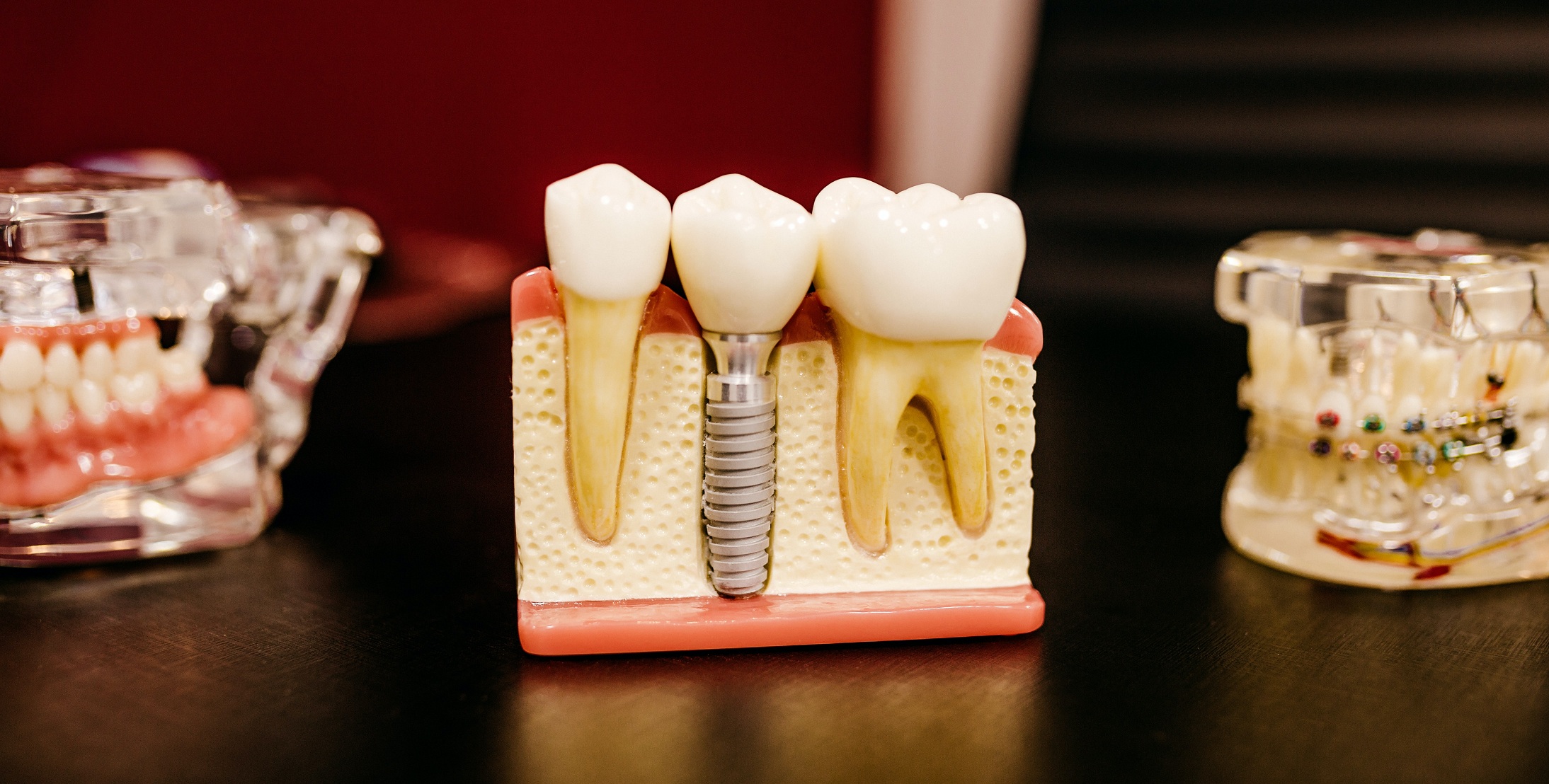Can All Sorts of Toothache Problems Be Cured by Root Canal Therapy?
 Infections in the body are usually treated with antibiotics. When it comes to tooth infections, although they are partially treated using medication, a procedure called root canal therapy is needed to completely get rid of the infection. Root canal therapy removes the infection and the tissue contents inside a tooth. As you may already know, an infected tooth is very painful, making this procedure very important to avoid a tooth from getting extracted.
Infections in the body are usually treated with antibiotics. When it comes to tooth infections, although they are partially treated using medication, a procedure called root canal therapy is needed to completely get rid of the infection. Root canal therapy removes the infection and the tissue contents inside a tooth. As you may already know, an infected tooth is very painful, making this procedure very important to avoid a tooth from getting extracted.
Our teeth are strong, with each of them covered with an outer enamel layer that has been identified as the hardest substance in the human body. Under it is dentin, another strong layer that contains tubules that transmit sensations like cold and hot to the nerves found inside the tooth. This nerve, along with the lymph tissue and blood, is found in the root canals and pulp chamber. Problems start once acids from oral bacteria erode the enamel, forming a cavity. If a cavity is not caught and treated accordingly, that oral bacteria will go to the pulp chamber and infect the tissue.
A bad toothache is mostly the first sign of an infected tooth. For most people, the pain becomes unbearable when they go to the hospital emergency room. In many cases, doctors will prescribe painkillers and recommend a visit to a dentist to get a root canal. Other signs of a tooth infection include extreme tooth sensitivity to cold and hot temperatures, facial swelling in the area of the toothache, difficulty biting down or chewing on the tooth, sores in the gums near the tooth, and fever.
Steps in Root Canal Therapy
- Your dentist will administer a local anesthetic to numb your tooth and its surrounding tissue. Sedation is also an option like oral conscious sedation or nitrous oxide to help you relax.
- Using special instruments, the dentist will then drill small access holes and remove the infection and tissue in the tooth’s root canals and pulp chamber.
- The space is disinfected and filled with a biocompatible material to support the tooth’s remaining structure and prevent recontamination.
- The tooth is sealed and prepped for a custom dental to restore its form and function.
You might have heard horror stories about failures in root canal therapy, but this is a very rare situation. When properly done by a professional, this procedure is effective, safe, and painless. In most situations, patients will experience pain after the procedure, which can easily be managed with over-the-counter pain medications. Talk to your dentist now to know more about the root canal therapy procedure and how it can help deal you’re your toothache.





 |
|